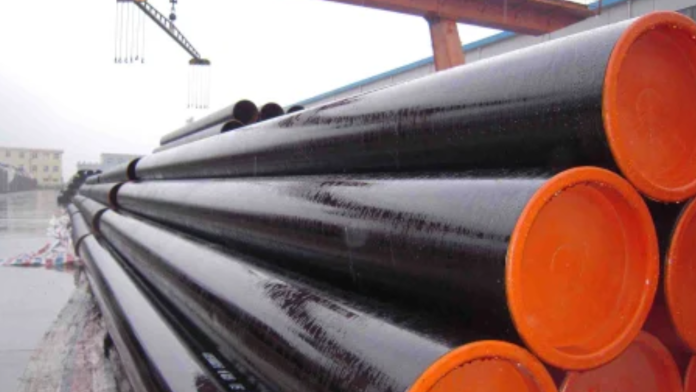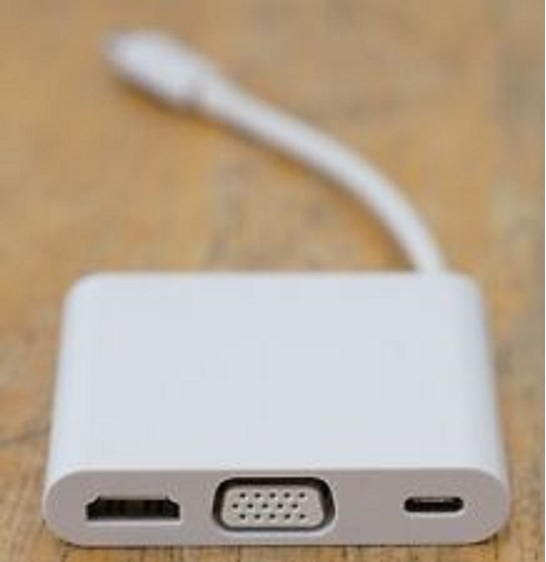API 5L PSL2 pipes are distinguished by their strong structure and exceptional mechanical qualities, which are intended to survive harsh environments and high-pressure conditions. These pipes play an important role in the enormous network of pipelines that deliver oil and gas from producing sites to end customers. These pipes find use in crucial industries, including high-pressure gearbox lines, offshore drilling platforms, and harsh climatic conditions.
Critical mechanical parameters for PSL 2 pipes include yield strength, tensile strength, and impact toughness. These characteristics guarantee that the pipes can survive the forces and environmental conditions encountered during oil and gas transmission. By guaranteeing pipeline dependability, integrity, and safety, api 5l psl2 exemplifies the industry’s dedication to supplying energy resources to international markets effectively and securely.
Non-Destructive Testing Methods for API 5L PSL 2 Pipes
In the oil and gas industry, where pipeline dependability and safety are critical, non-destructive testing (NDT) procedures play an important role in maintaining pipe quality and integrity. In this article, we look at the various non-destructive testing procedures used on API 5L PSL 2 pipes, emphasizing their importance in maintaining the high standards necessary for pipeline materials.
Ultrasonic Examination (UT)
Ultrasonic inspection is a popular NDT approach that uses high-frequency sound waves to inspect the interior structure of API 5L PSL 2 pipelines. This method involves transmitting ultrasonic waves through the material and analyzing the echoes that reflect to detect any discontinuities or faults. UT is particularly excellent at detecting internal faults such as cracks, laminations, and inclusions, which provides important information about the pipe’s integrity.
Radiographic Testing (RT)
Radiographic testing (RT) is a non-destructive method for inspecting the interior structure of materials, especially welds and pipes. X-rays or gamma rays are channeled through the substance to produce a radiographic image on film or a digital detector. RT is effective at detecting flaws such as weld discontinuities, porosities, and inclusions, providing precise information about the integrity of the tested components.
Magnetic Particle Inspection (MPI)
Magnetic particle inspection (MPI) is a non-destructive testing technique used to detect surface and near-surface flaws in ferromagnetic materials. The substance is magnetized, and then iron particles are added. These particles gather in regions where magnetic flux leaks, revealing flaws including fractures, weld discontinuities, and surface imperfections. MPI is commonly utilized because of its high sensitivity and efficacy in detecting surface flaws.
Liquid Penetrant Testing (PT)
Liquid Penetrant Testing is another approach for detecting surface-breaking flaws in API 5L PSL 2 pipes. This procedure involves applying a liquid penetrant to the material’s surface. After a predetermined penetration period, the excess penetrant is removed, and a developer is used to draw the penetrant out of any surface-breaking faults. PT is very good for detecting fissures, porosities, and other surface abnormalities.
Eddy Current Testing (ECT)
Eddy current testing (ECT) is a non-destructive method for examining conductive materials like metals. It uses electromagnetic induction to create eddy currents in the material. Variations in electrical conductivity are observed, exposing faults such as cracks and corrosion. ECT is especially useful for surface and near-surface inspections, providing quick and precise findings without requiring direct contact with the material.
Visual Testing (VT)
Visual testing (VT) is a non-destructive testing method involving the direct visual examination of a material or component. Inspectors visually assess surfaces for visible defects, irregularities, or damage. VT is a fundamental and versatile inspection technique, often used in conjunction with other non-destructive testing methods to provide a comprehensive evaluation of a component’s condition. It serves as a primary tool in routine inspections across various industries.
Phased Array Ultrasonic Testing (PAUT)
Phased Array Ultrasonic Testing is a cutting-edge ultrasonic testing technique that employs numerous ultrasonic elements to direct and focus the acoustic beam. This method increases inspection speed while also providing detailed information regarding defect size, shape, and orientation. PAUT is particularly beneficial for evaluating welds in API 5L PSL 2 pipes, as it has better imaging capabilities than traditional UT.
Conclusion
The application of non-destructive testing methods to API 5L PSL 2 pipes is essential for ensuring the quality, reliability, and safety of pipelines in the oil and gas industry. Each NDT method has its unique advantages and applications, collectively providing a comprehensive evaluation of the material’s integrity. The adherence to stringent NDT standards outlined by API 5L PSL 2 underscores the industry’s commitment to maintaining the highest quality standards in pipeline construction and operation.







